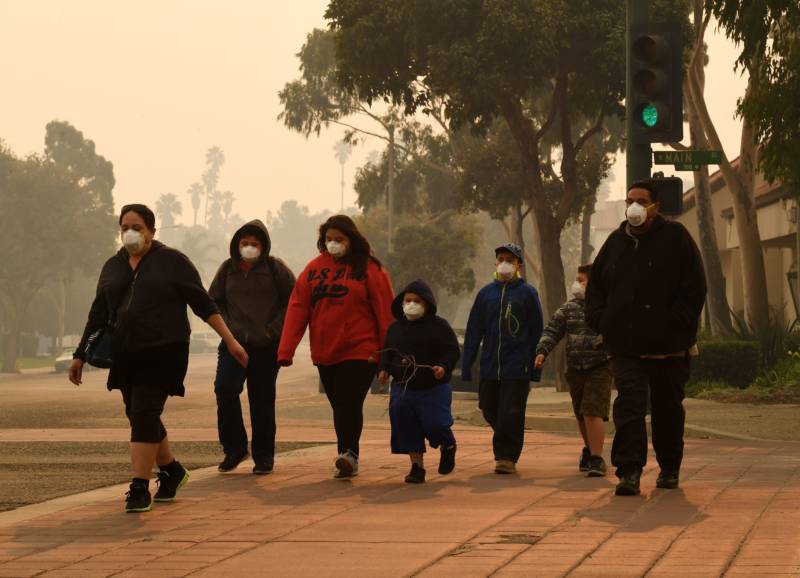They expressed concern that a new rule intended to improve air quality — tightening standards on a class of pollutants that include soot and smoke — could have the opposite intended effect by making it harder to conduct prescribed burns, setting the stage for the types of big fires currently raging out of control in Canada.
“We ask for your continued focus on developing a solution that both safeguards clean air and prevents the consistent cycle of devastating wildfires that also undermines our efforts to make progress on clean air,” the letter says. It also urges officials to collaborate with air districts, land managers and fire practitioners.
“The problem is, if you don’t do these controlled burns, you’re going to have more catastrophic fires that blast way past anyone’s air quality standards. And that has become a chronic problem in Northern California year after year,” said North Bay Congressmember Jared Huffman, who co-signed the letter.
While controlled burns do produce smoke, it’s more manageable and less toxic than wildfire smoke. And, crucially, prescribed fires help inoculate areas against disastrous fires — the kind that produce debilitating smoke for weeks on end.
“If regulators are not allowing us to use the most powerful tool we have to prevent those kind of massive air quality violations, then we need to urge them to do better. That’s what this letter is all about,” Huffman said.
Increasing the pace and scale of prescribed fire is a cornerstone of plans from both the state of California and the U.S. Forest Service for addressing the wildfire crisis.
But the EPA’s proposed rule might hinder that approach by requiring air districts to meet newly strengthened standards for smoke and soot. Air districts, in turn, might err on the side of not approving planned burns to safeguard their compliance with air quality standards. (Consequences can be severe for air districts that are out of compliance. The EPA may take over air permitting and impose a ban on new federal highway funds.) The fire science community in California has said this is wrongheaded and risks ultimately leading to smokier days in this state and beyond.
“By treating prescribed fire smoke similarly to industrial pollution sources, the draft EPA rule would significantly curb the use of beneficial fire,” wrote Matt Weiner of the nonprofit Megafire Action in an email; Megafire Action gave input on the letter. “This letter shows that the issue has gone from relatively obscure to top of mind, even among those who are fiercely supportive of EPA lowering the PM 2.5 threshold.”
PM 2.5 is a class of pollutants defined by their size: 2.5 microns in length or smaller (about 3% of a hair’s width). Their small size allows them to get deep into the lungs and even pass into the bloodstream.
The EPA has not said when it will publish their final rule. According to reports, they are in discussions with the U.S. Forest Service and other agencies about this issue.

